Imagine walking through a sun-dappled forest, where light dances through the leaves, creating a mesmerizing pattern on the ground. This captivating phenomenon is known as dappled light, and it's not just found in nature. With the right techniques, you can bring this enchanting effect into your home or workspace. Dappled light simulation can transform your environment, adding depth, texture, and warmth. Whether you're a seasoned designer or a curious DIY enthusiast, these innovative techniques will help you harness the magic of dappled light to elevate your space.
1. Understanding Dappled Light
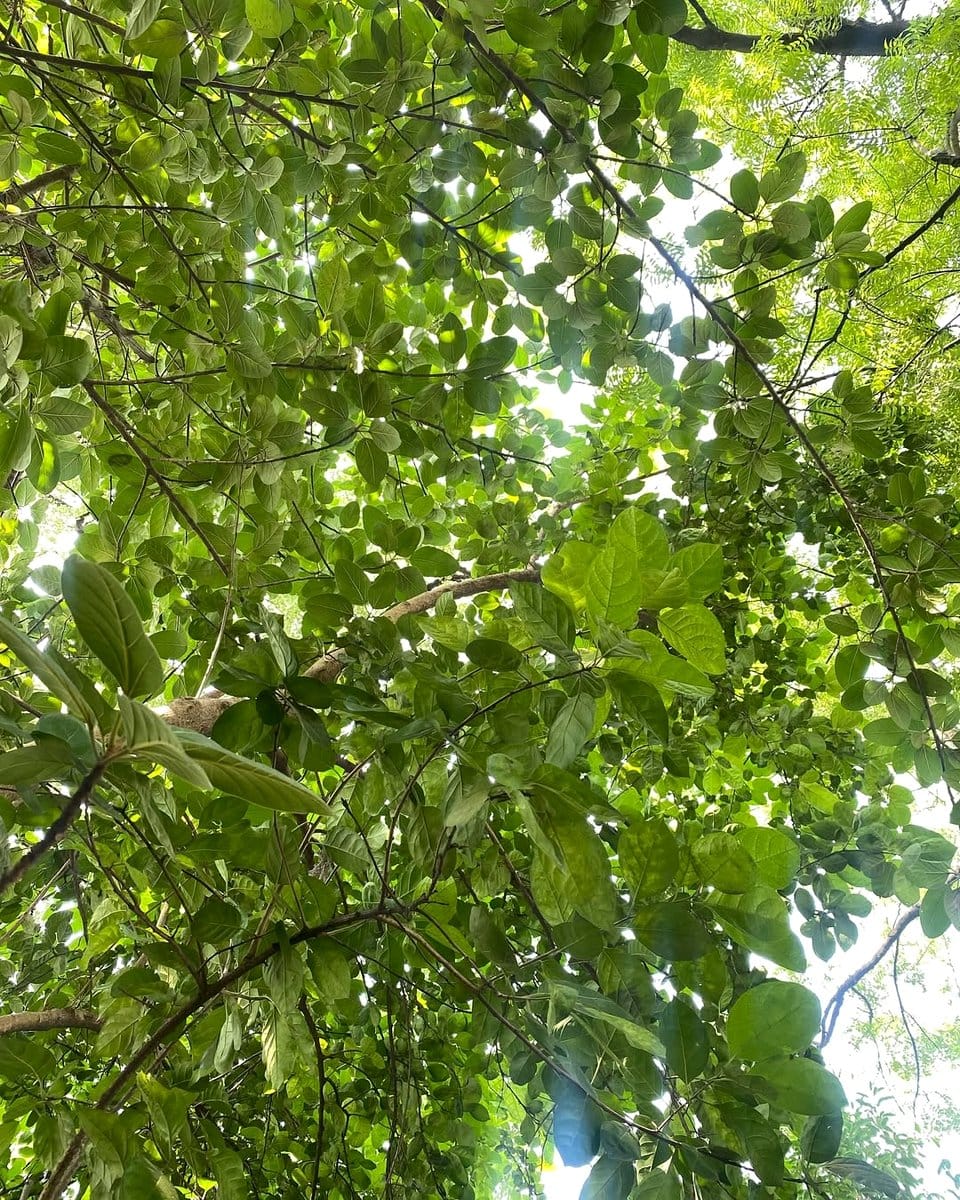
Dappled light occurs when sunlight filters through irregular surfaces like tree leaves, creating a beautiful interplay of light and shadow. This effect can evoke feelings of calmness and wonder. To simulate dappled light indoors, start by observing natural patterns in your environment. Notice how light changes throughout the day and how different surfaces affect its appearance. Understanding these basics will guide your design choices and help you replicate this natural phenomenon effectively.
2. Light Filters for Windows
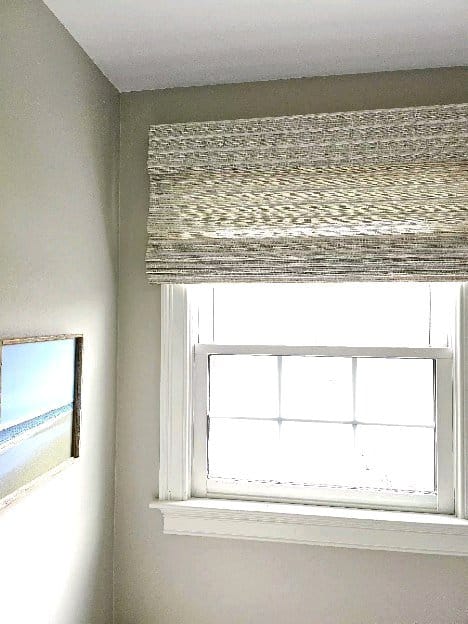
Installing light filters on windows is a simple way to create dappled light effects. These filters can be as intricate or minimal as you desire, coming in various patterns and textures. They diffuse sunlight, casting playful patterns across your floor or walls. Choose designs that complement your decor style—floral motifs for a soft, organic feel, or geometric shapes for a modern touch. Light filters not only enhance aesthetics but also offer privacy and reduce glare.
3. Using Patterned Curtains

Patterned curtains can transform how light enters a room. Opt for sheer fabrics with intricate designs to allow sunlight to pass through and create captivating shadows. This is an easy and flexible way to experiment with dappled light. You can change curtains with the seasons or your mood. When selecting patterns, consider the size and shape of the room. Larger patterns can make a space feel more open, while smaller designs add a cozy touch.
4. Incorporating Plants Indoors
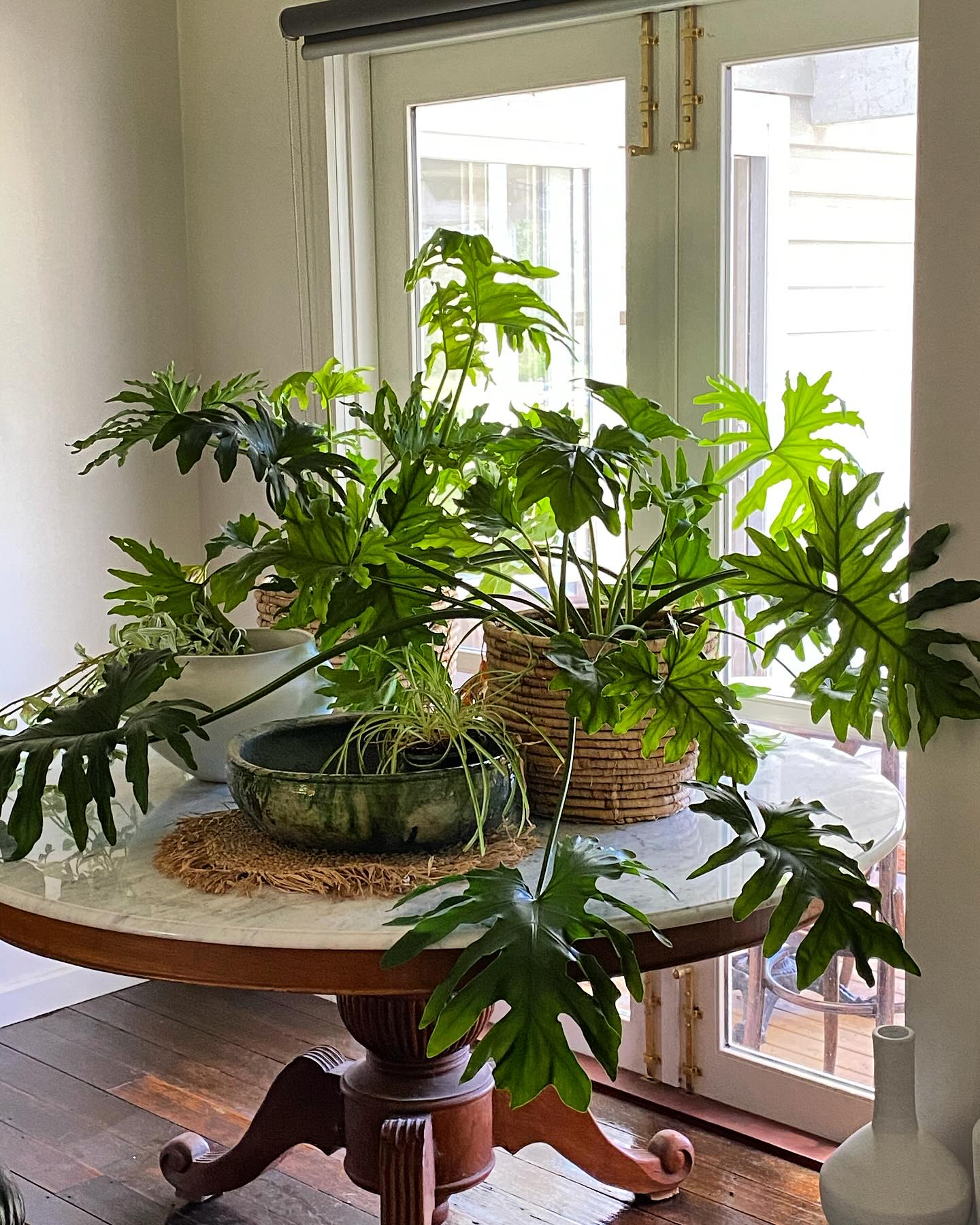
Indoor plants not only purify air but also create natural dappled light effects. Position plants near windows to let sunlight filter through their leaves, casting organic patterns on your walls and floors. Choose plants with interesting leaf shapes, such as monstera or fiddle leaf fig, for more dramatic effects. This not only beautifies your space but also brings a touch of nature indoors, enhancing the overall ambiance.
5. Designing with Stencils

Stencils are a creative tool for simulating dappled light without the need for natural sunlight. Use them to paint intricate patterns on walls or ceilings. When light hits these designs, it mimics the natural dappled effect. Select stencils that resonate with your personal style, and consider using metallic or glow-in-the-dark paints for added drama. This technique is perfect for adding a unique, artistic touch to any room.
6. Experimenting with Lampshades

Lampshades with cut-out designs can cast stunning dappled light patterns across a room. Choose shades with intricate perforations or laser-cut designs. When the lamp is turned on, light will filter through these openings, creating a dynamic interplay of light and shadow. This technique works well with pendant lights, table lamps, or even floor lamps, allowing you to customize lighting to fit your space perfectly.
7. Creating Outdoor Dappled Light
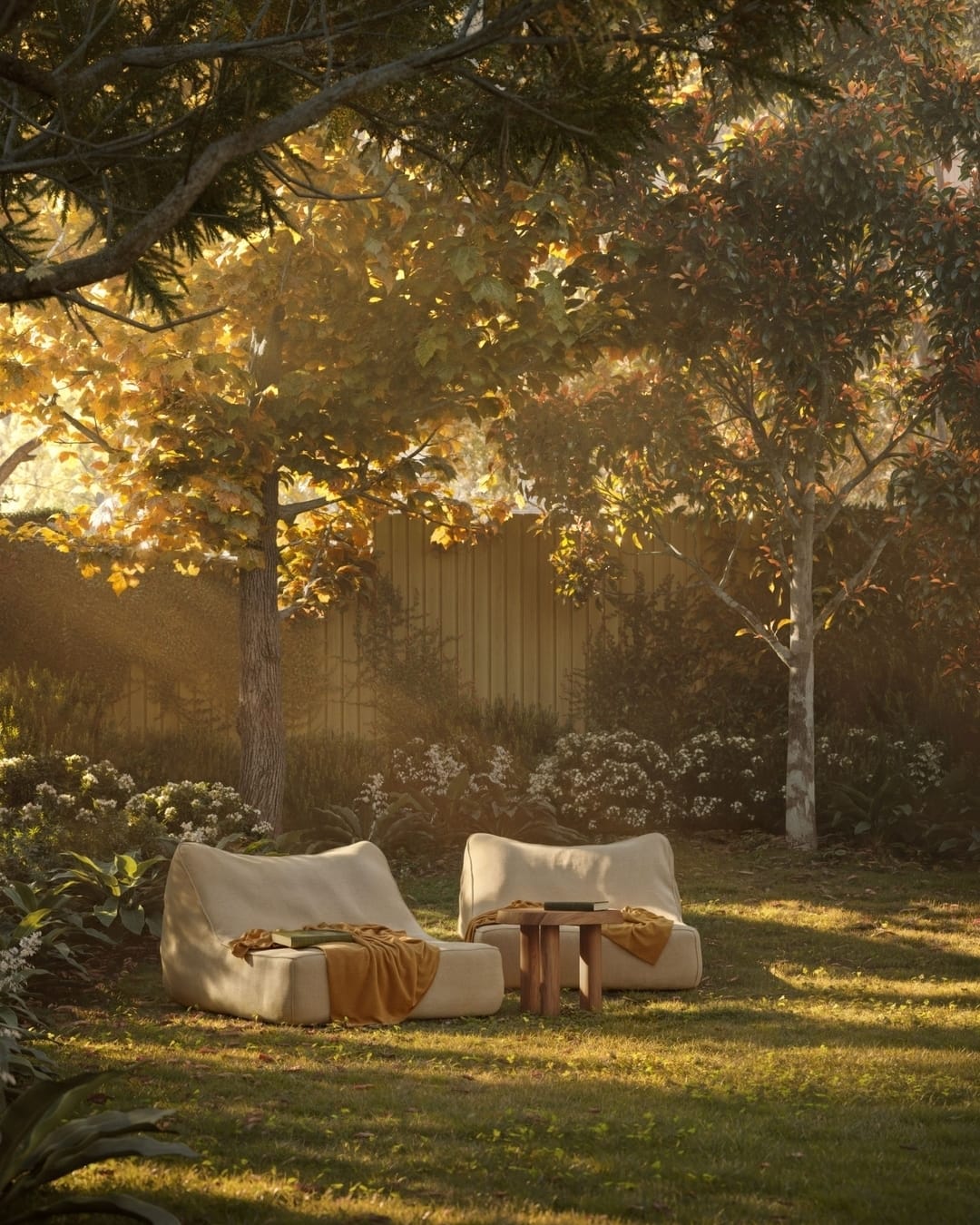
For outdoor spaces, consider building a pergola with a canopy of vines or climbing plants. As sunlight filters through the foliage, it creates a natural dappled light effect. This setup provides a serene, shaded retreat, perfect for relaxing or entertaining. Choose fast-growing, dense plants like wisteria or grapevines to quickly achieve a lush canopy. This not only enhances the beauty of your garden but also creates a cool, inviting atmosphere.
8. Utilizing Laser Cut Panels
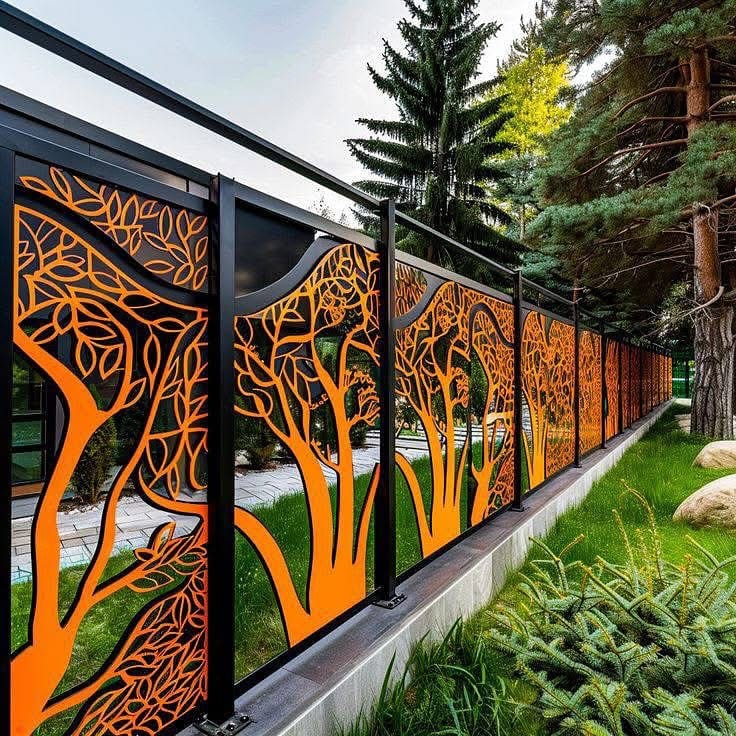
Laser cut panels are a modern way to introduce dappled light into any space. These panels come in various designs and materials, including wood, metal, or acrylic. They can be used as room dividers, wall art, or even ceiling fixtures. When light passes through the cut-outs, it casts intricate shadows that mimic natural dappled light. This technique adds a sophisticated and contemporary flair to your decor
9. Installing Skylights

Skylights can dramatically change how light enters a room, especially if surrounded by trees. As the sun moves, tree branches cast dynamic shadows through the skylight, creating a mesmerizing dappled effect. This not only brightens your space but also connects you with the outdoors. Skylights work well in living rooms, bathrooms, or kitchens, offering natural illumination and enhancing architectural interest.
10. Using Reflective Surfaces

Mirrors and reflective surfaces can amplify dappled light effects. Position mirrors strategically to catch and reflect light patterns from windows or light fixtures. This technique can make a space feel larger and more luminous. Consider mirrored furniture, metallic accents, or even mirrored tiles. These elements can reflect and diffuse light, creating a soft, dappled ambiance throughout your room.
11. Playing with Shadow Art

Shadow art installations use light and objects to create intricate shadow patterns. By placing objects between a light source and a surface, you can design your own dappled light displays. Experiment with different shapes and materials to see how they influence shadows. This technique allows for endless creativity and personalization, perfect for creating a unique focal point in any room.
12. Designing with Light Fixtures
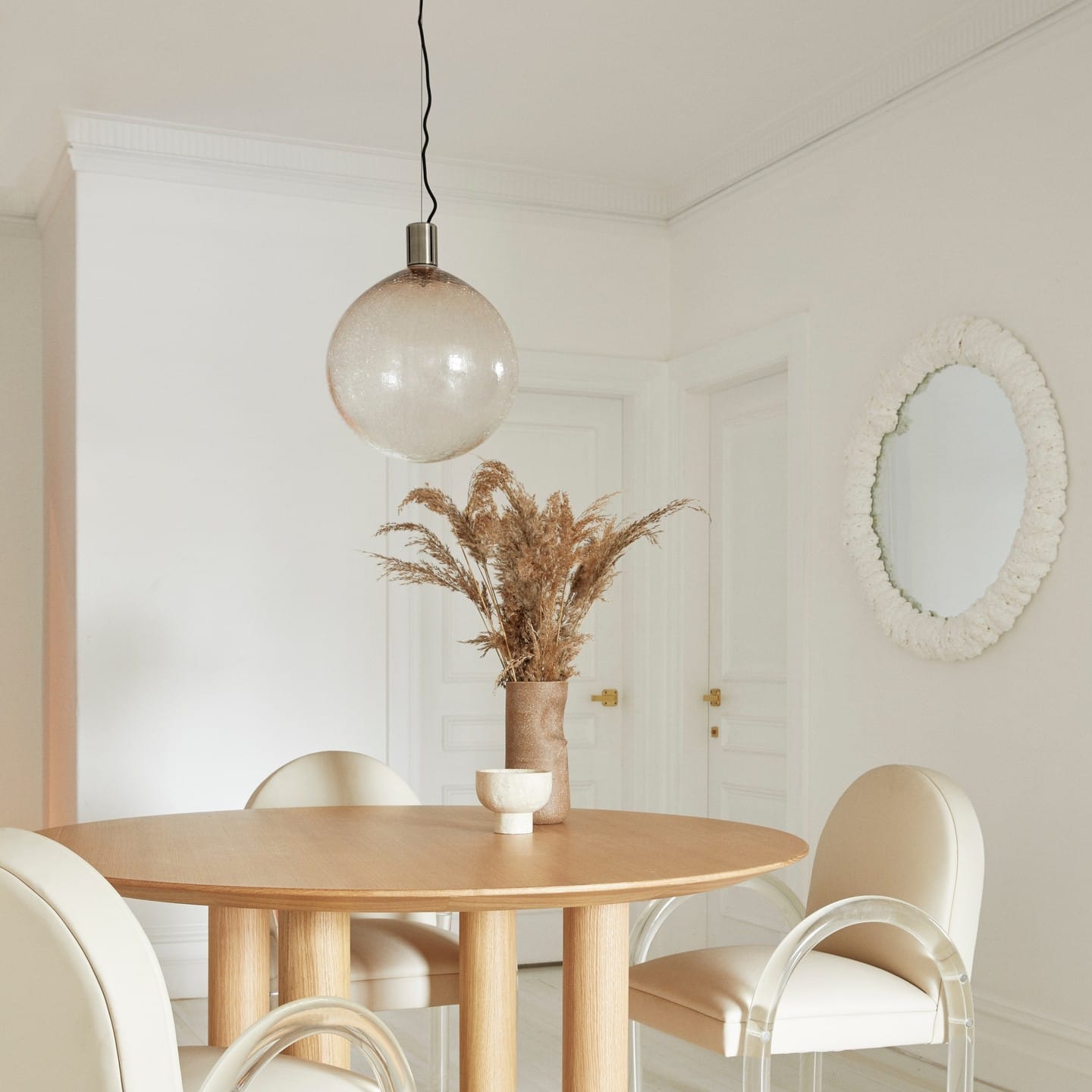
Select light fixtures that project dappled patterns when illuminated. Pendant lights with textured glass or cut-out designs can cast beautiful shadows. This approach combines functionality with aesthetics, making light a central design element. Consider fixtures with adjustable brightness to control the intensity of the light patterns, allowing you to change the mood of your space effortlessly.
13. Incorporating Textured Walls
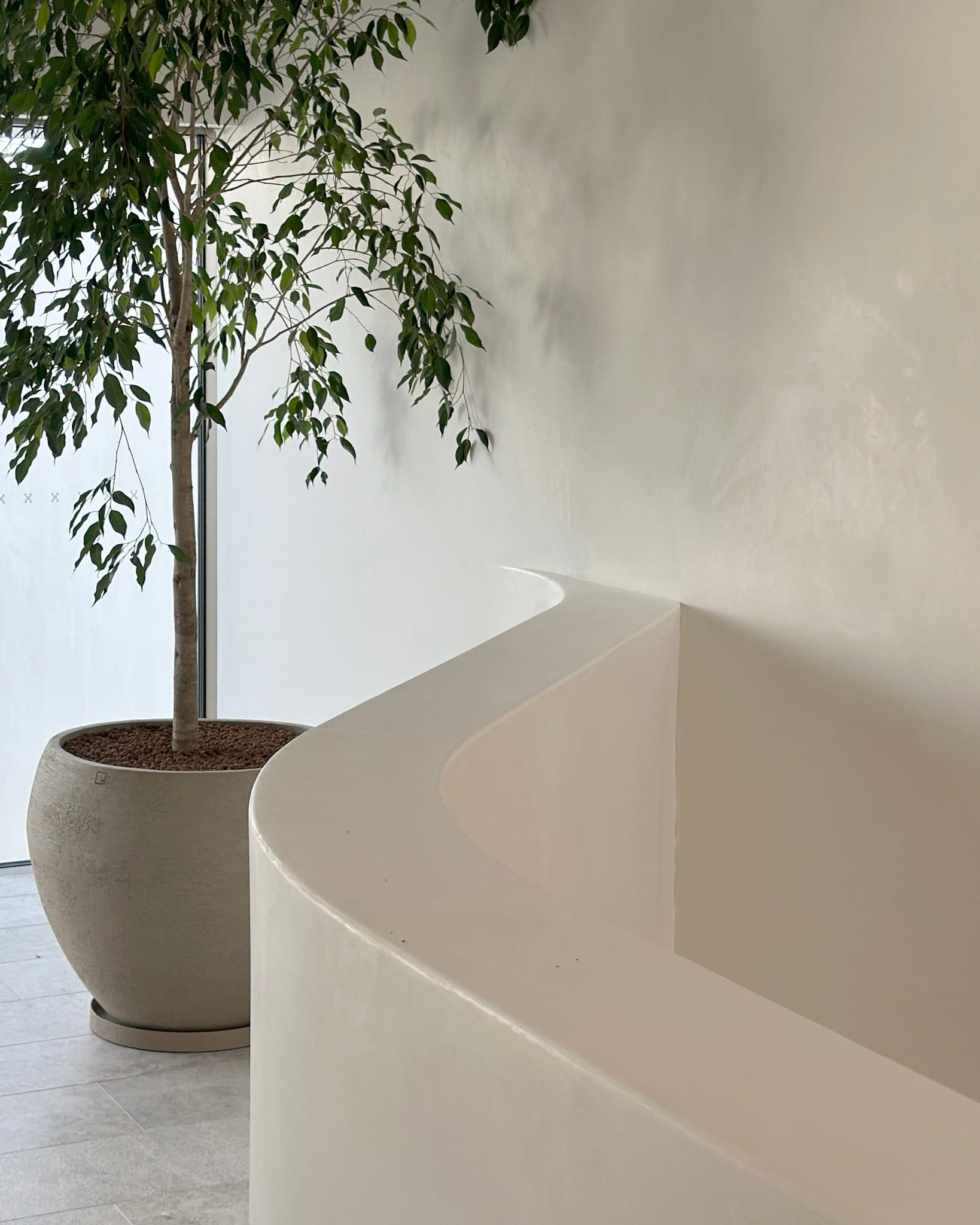
Textured walls can enhance dappled light effects by adding depth and dimension. Use materials like exposed brick, wood panels, or embossed wallpaper. When light hits these surfaces, it creates interesting shadows and highlights. This technique adds character and warmth to your space, making it feel more inviting and dynamic. Choose textures that complement your overall decor theme for a cohesive look.
14. Creating Light and Shadow Playgrounds

Design outdoor spaces, such as children's play areas, with dappled light in mind. Use structures like trellises or lattice roofs to create playful shadow patterns. This not only provides shade but also stimulates creativity and imagination. Children will enjoy the ever-changing light patterns, turning ordinary playtime into a magical experience. This concept can also be applied to patios or garden paths for added visual interest.
15. Using Fabric Canopies

Fabric canopies can diffuse sunlight and create soft dappled light effects. Choose light, airy fabrics in neutral tones or vibrant colors to match your outdoor decor. These canopies are versatile and can be used over patios, balconies, or garden seating areas. They provide shade and comfort while allowing sunlight to filter through, casting gentle shadows that enhance the ambiance of your outdoor space.
16. Opting for Natural Materials

Natural materials like bamboo or wicker can introduce dappled light into your home. Use them as blinds, screens, or room dividers to diffuse sunlight gently. These materials offer a warm, earthy aesthetic and are sustainable choices for eco-conscious homeowners. The textures and patterns of natural materials create a relaxed, organic feel, perfect for enhancing the tranquility of your living space.
17. Designing with Colored Glass
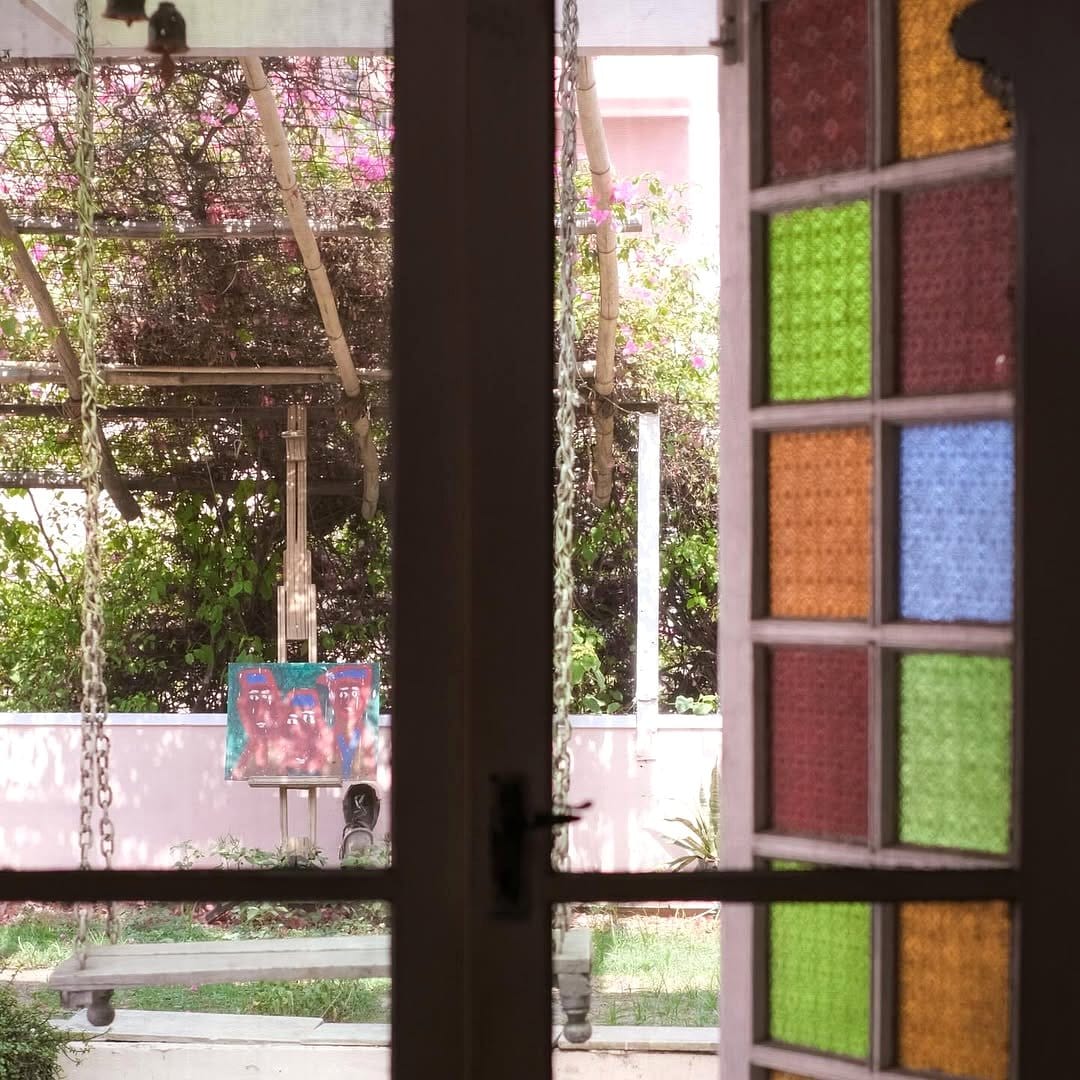
Stained or colored glass can add a vibrant twist to dappled light simulation. Install colored glass panels in windows or doors to cast colorful shadows and reflections. This technique is ideal for creating an artistic focal point, infusing your space with personality and charm. The play of colors and light can transform a simple room into a dynamic and inviting environment, sparking joy and creativity.
18. Incorporating Water Features

Water features like fountains or ponds can enhance dappled light effects through reflections and movement. Place them strategically to catch sunlight, which will create shimmering patterns on nearby surfaces. This not only adds a soothing element to your garden or patio but also brings a sense of tranquility and elegance. The gentle sound of water combined with light reflections creates a serene, harmonious atmosphere.
19. Experimenting with Projection Mapping
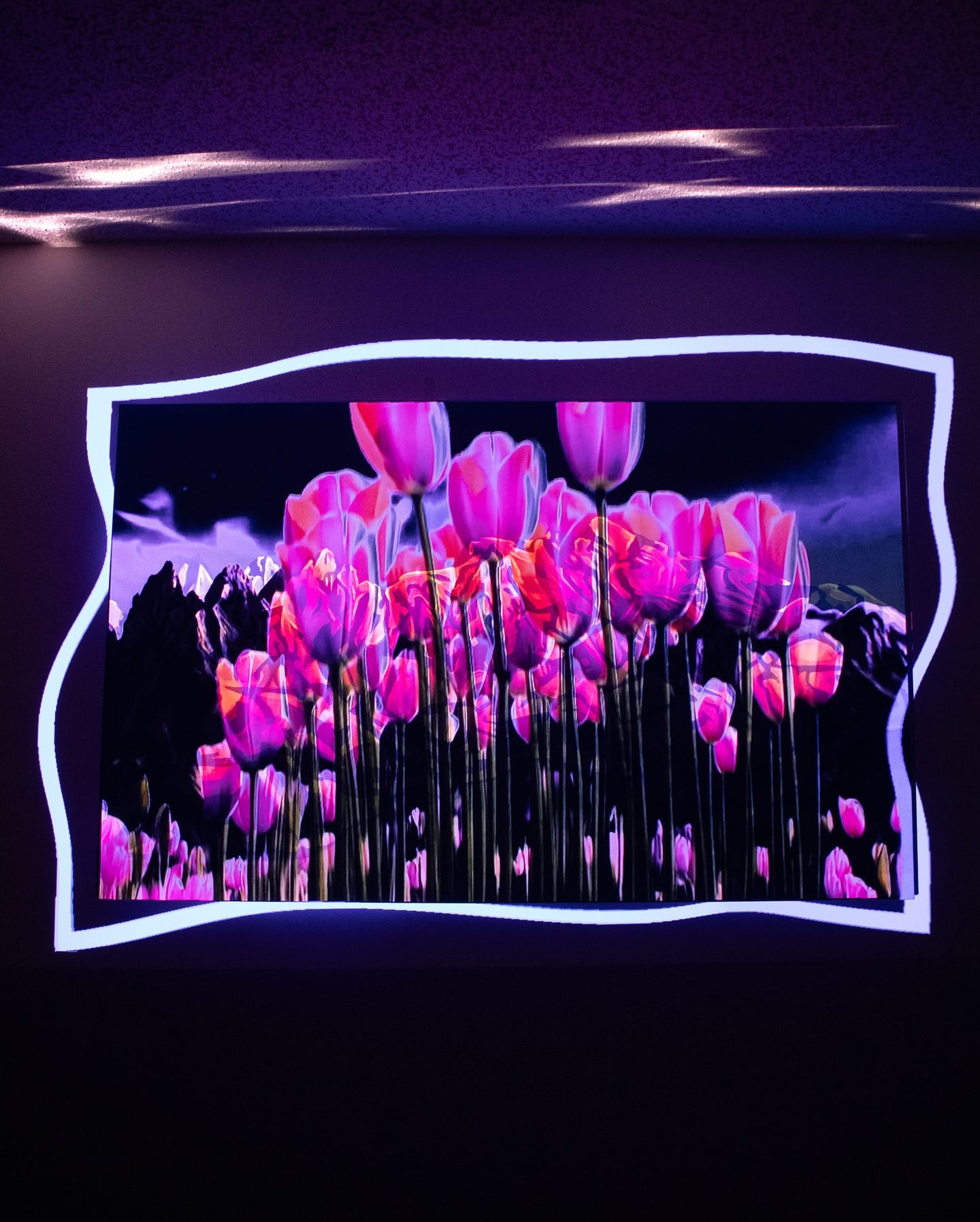
Projection mapping is a cutting-edge technique that uses light to create dynamic patterns on surfaces. This technology allows for precise control over light placement, perfect for simulating dappled effects on walls or floors. It can transform any space into a captivating visual experience, ideal for events or art installations. Experiment with different patterns and colors to see how they change the mood and perception of your space.
Final Thoughts
Dappled light simulation offers endless possibilities to transform your space into a haven of beauty and creativity. Whether through simple DIY projects or advanced technological techniques, you can harness the enchanting power of light and shadow. Experiment with different ideas, and don't be afraid to get creative. The magic of dappled light lies in its ability to evoke emotions and create atmosphere. So, start exploring these techniques and illuminate your world with the captivating dance of dappled light.